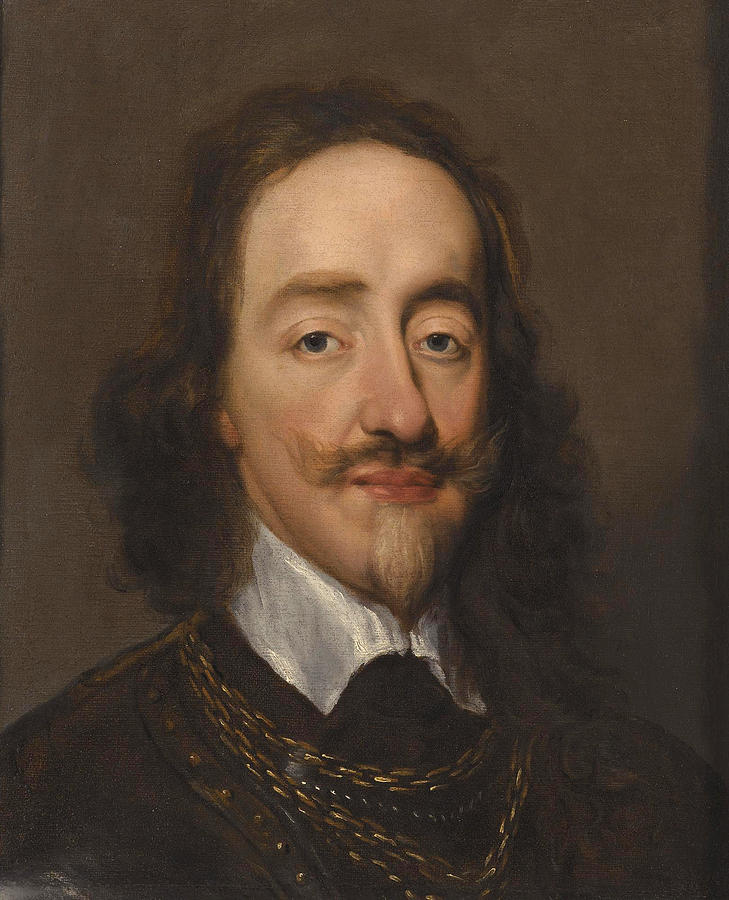

The crowd could not hear the speech, owing to the many parliamentarian guards blocking the scaffold, but Charles' companion, Bishop William Juxon, recorded it in shorthand. Charles stepped onto the scaffold and gave his last speech, declaring his innocence of the crimes of which parliament had accused him, and claiming himself as a "martyr of the people". A large crowd had gathered to witness the regicide. On 30 January, he was taken to a large black scaffold constructed in front of the Banqueting House, where he was to be executed. Ĭharles spent his last few days in St James's Palace, accompanied by his most loyal subjects and visited by his family. On Saturday 27 January 1649, the parliamentarian High Court of Justice had declared Charles guilty of attempting to "uphold in himself an unlimited and tyrannical power to rule according to his will, and to overthrow the rights and liberties of the people" and he was sentenced to death by beheading.
#King charles 1 trial
The execution was the culmination of political and military conflicts between the royalists and the parliamentarians in England during the English Civil War, leading to the capture and trial of Charles I, the King of England, Scotland, and Ireland. The execution of Charles I by beheading occurred on Tuesday, 30 January 1649 outside the Banqueting House on Whitehall. Based on the earliest European depiction of the execution.

Contemporary German print of the execution of Charles I outside the Banqueting House.


 0 kommentar(er)
0 kommentar(er)
